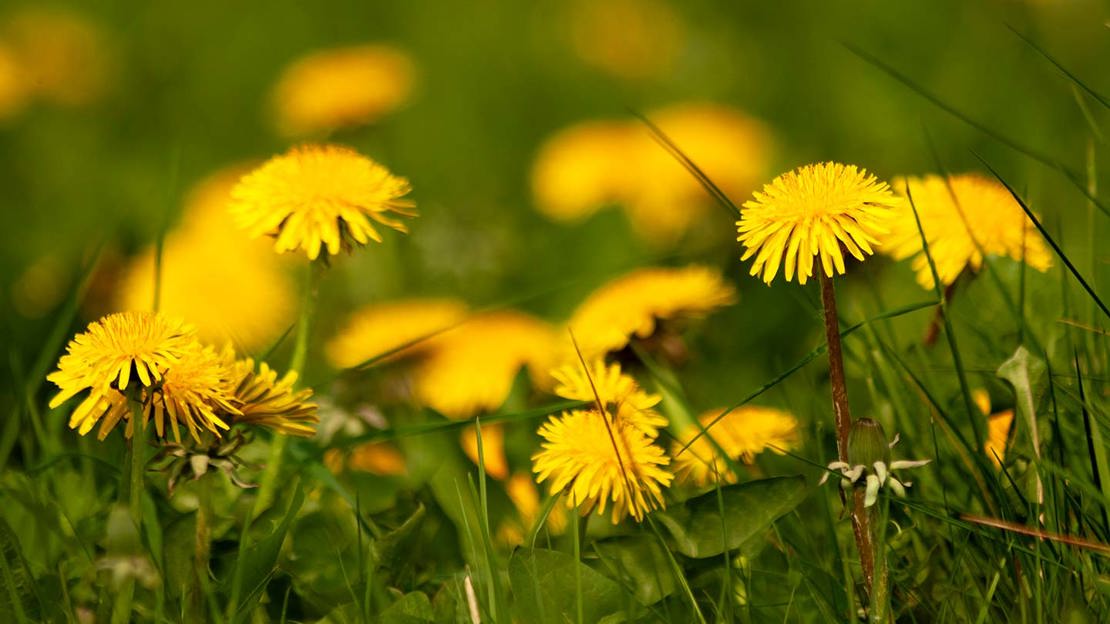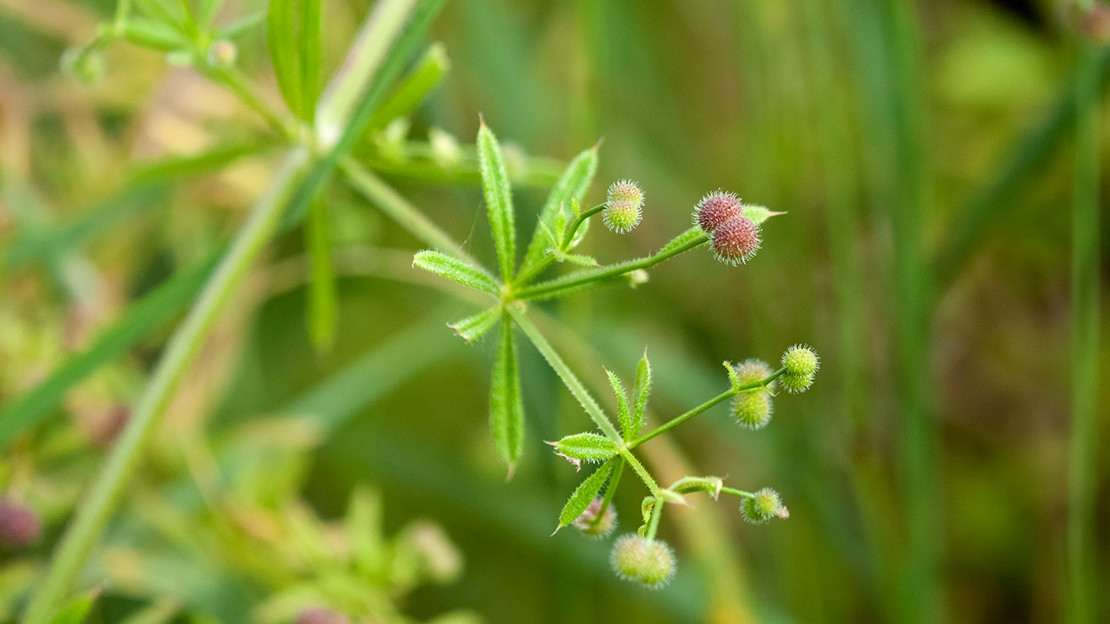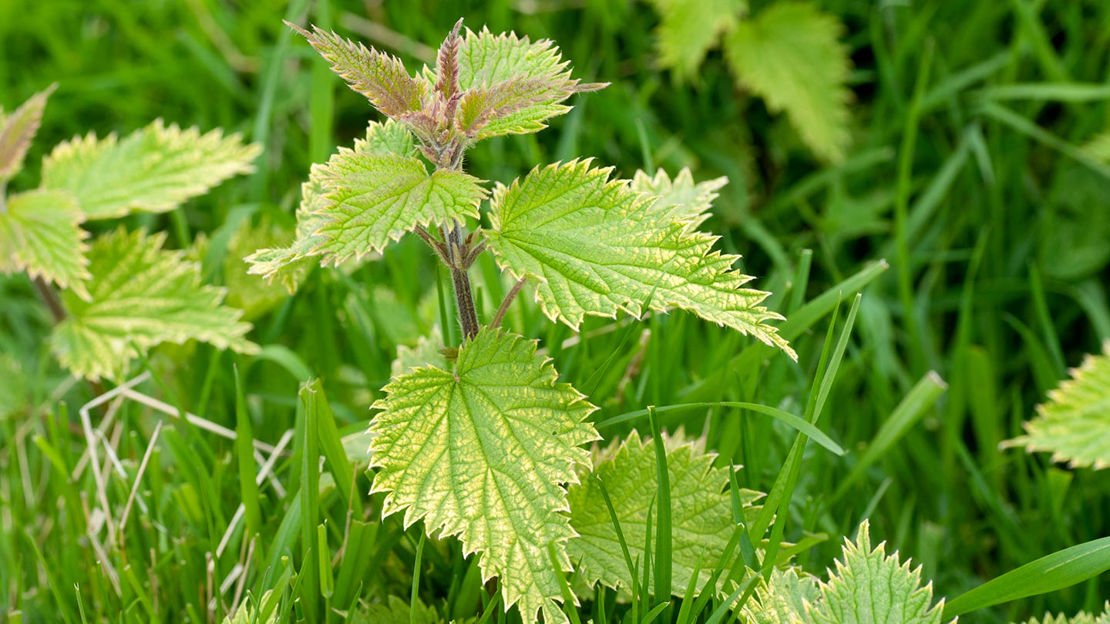Give back to nature
Experiment with your foraged finds in style. Every purchase from our kitchen and dining range helps fund our vital work to plant and protect trees and woods across the UK.
Shop now
Content manager, botanist and tree lover
Spring has arrived and the woods and hedgerows are bursting with early spring greens.
Here are some edible wild plants to look out for in March.
Always take a good field guide with you and please follow our sustainable foraging guidelines, including only picking from plentiful sources and only foraging what you can identify with certainty.
Chickweed is an overlooked and underrated weed with cleansing and healing properties and is packed full of vitamins and minerals.

How to use it: its tender leaves can go in salads with lemon and olive oil dressing. Blend into homemade pesto, or use to liven up fish or chicken. The tiny white, edible flowers make a pretty salad garnish.
What to look for: it’s a tough, creeping annual common throughout the UK on waste ground and in gardens. It’s abundant throughout the year from spring to late autumn. Look for its small, white, star-like white flowers. Look for it from February.
The name of this plant literally means lion’s tooth (dent de lion) probably referring to its jagged leaf edges. It’s long been associated with folklore and herbal medicine and is probably best known for its diuretic effect.

How to use it: all parts of this slightly bitter plant are edible, both raw and cooked. Add young leaves to salads, sandwiches or pies. Flowers can be used in many dishes from risotto to omelettes, for decoration and to make beer and wine. Unopened buds can be marinated and used like capers. Roots can also be thrown into stir-fries or added to vegetable dishes, or try making dandelion coffee by drying then grinding the roots.
What to look for: really common, easy to identify and found almost everywhere. Young leaves from the centre of the rosette are best – the dark outer leaves may be too bitter. They first appear in February.
Easy to find and abundant, goosegrass is really starting to shoot up now. It’s known by most people as the plant you pick to throw on your friend’s back. If you’re going to eat this plant as a vegetable, it needs to be picked really young. This plant is in the Rubiaceae – the same family as the coffee plant.

How to use it: if you’re eating this as a vegetable just use the fresh looking tops when the plant is very young before the seeds appear in summer. As the plant matures it becomes fibrous and bitter. Cook it as a green vegetable or add to soups, stews and pies. You can also eat the seeds. Wait until they’ve hardened, then roast and grind as a coffee substitute.
What to look for: it’s easy to identify – it has a square stem and is covered in tiny hooks. Look for it from February and March along hedges, path and roadsides, and waste ground.
Common on sunny sites and with sandy soil especially around cliff-tops, wasteland, commons and heathland. Its vivid yellow flowers are sought after for their coconut and almond flavour.

How to use it: take care when picking the flowers because it has prickly spine-like leaves. They are delicious eaten raw in salads or steeped in fruit tea. Or experiment and infuse its sweet flavour in gorse ice-cream or gorse wine.
What to look for: gorse is a dense evergreen shrub with spine-like leaves. Its deliciously fragrant flowers are at their best in early spring, but you’ll find it flowering from late autumn right through until early summer.
Hawthorn is one of the first trees to really wake up after winter. Now is the perfect time for picking the fresh young leaves before they toughen up and become unpalatable. In the past the leaf and unopened flower buds were a favourite forage for children, known as bread and cheese - the leaf being the bread and the flower the cheese.

How to use it: young leaves and unopened flower buds have a pleasant nutty taste. Clusters can be eaten straight from the hedgerow or add them to green salads, potato salad or sandwiches.
What to look for: hawthorn grows in woods, hedges and scrubland, on heaths and downs. The little green leaves are most tender in March and April.
Nettle leaves are a surprisingly versatile ingredient and are reputed to be a great super food that’s rich in iron and vitamins A and D and packed with minerals. New growth usually begins to appear in early February.

How to use it: the favoured leaves to pick are the tips – they’re tender and give the best flavour. You can use gloves to avoid being stung. The leaves have a flavour somewhere between cabbage and spinach. You can use nettle in the same way as spinach or to make tea, beer or soup (try creamy nettle and potato).
What to look for: it’s an unmistakable plant familiar to everyone. It grows pretty much everywhere. Just remember to avoid roadside and pesticide-ridden areas. It’s best picked from late February to early June.
Wild garlic, also known as ramsons, is a native bulb that often grows in dense clusters on the floor of damp woodland and along shaded hedgerows. It’s a rich source of folklore and is credited with the ability to ward off vampires and evil spirits.

How to use it: the leaves and flowers are edible and delicious and have an unmistakable smell. The flavour is mellower than that of cultivated garlic and can be used in many ways. Add leaves to soups, sauces or omelettes. Make a wild garlic pesto or use to infuse olive oil. They are also delicious in salads and sandwiches or chop and mix with butter to make a delicious version of garlic bread.
What to look for: very common throughout woodland in England and Wales, but less so in Scotland. Leaves appear as early as February and are best picked before the flowers have died (usually early May).
Yarrow, garlic mustard, hairy bittercress, fat hen, meadowsweet.
Experiment with your foraged finds in style. Every purchase from our kitchen and dining range helps fund our vital work to plant and protect trees and woods across the UK.
Shop now